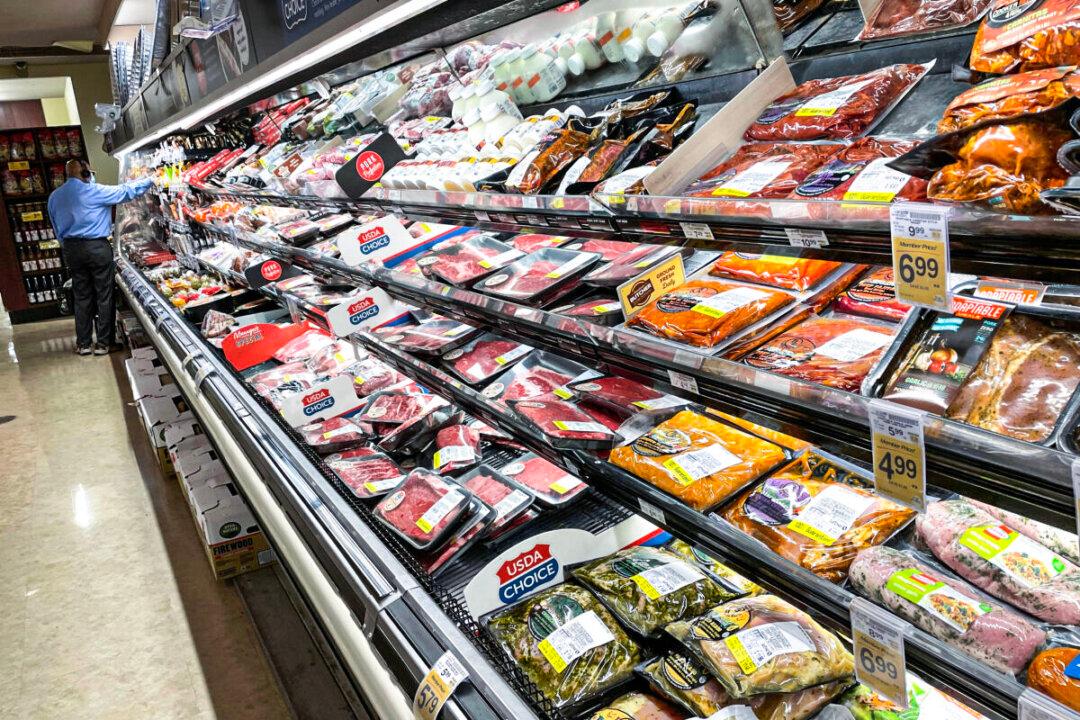Food inflation in the United States has jumped to its highest level in over four decades, putting more stress on American consumers, while agricultural output in the country took a beating following droughts.
“From the same month one year ago, the PCE [Personal Consumption Expenditures] price index for August increased 6.2 percent. Prices for goods increased 8.6 percent and prices for services increased 5.0 percent. Food prices increased 12.4 percent and energy prices increased 24.7 percent. Excluding food and energy, the PCE price index increased 4.9 percent from one year ago,” a Sept. 30 BEA news release said. The 12.4 percent annual increase in food prices is the biggest hike since February 1979.





